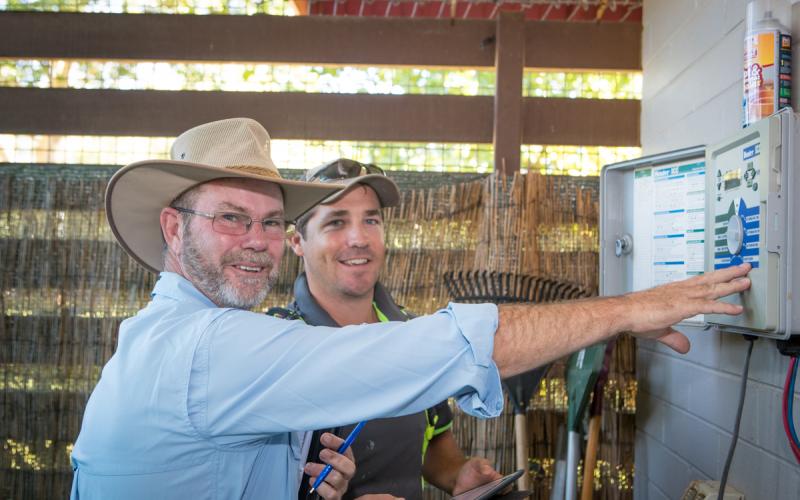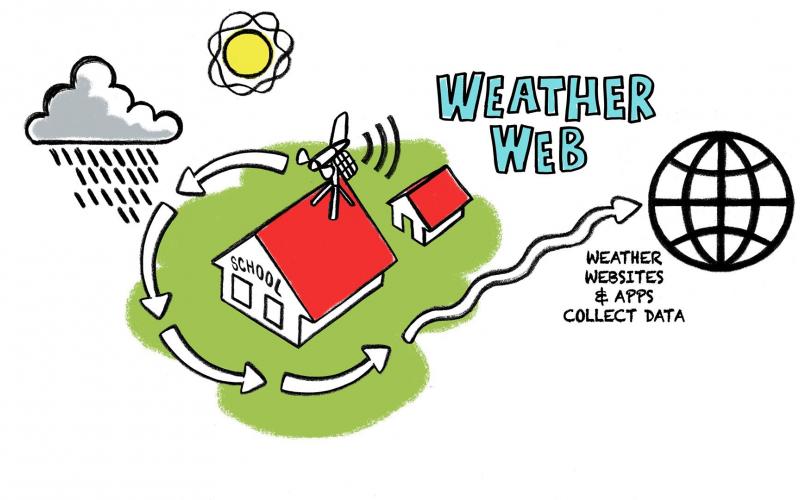How long should you run your irrigation for?
Most plants and lawns need around 30mm of water each week to stay healthy. Problem is different types of sprinklers, such as fixed spray, rotary, and drip systems, apply water at varying rates.
This makes it tricky to know how long to reach the recommended 10mm of water each time you irrigate. A catch can test makes it easy to find out how evenly your sprinklers water and how long to run your system.
You can buy purpose-made catch cans online or from irrigation/hardware stores or simply use empty tuna or cat food cans as a quick and easy alternative.
Follow the steps below to determine the run time of your irrigation system:
Step 1:
Place several catch cans evenly across the irrigated area (in a grid pattern) and run your irrigation for 10 minutes.
Step 2:
Measure and record the amount of water collected in each catch can in millimetres. If using a tuna can, place a ruler in the centre to take the measurement.
Add all the measurements and divide by the number of catch cans to get the average amount of water collected. Write this figure down.
To find out how many minutes to run your irrigation, divide 100 by the figure you have written down. You can use the calculator below to help.
Calculator
100 divided by
= 0 minutes
Here are some examples:
- If you record an average of 10 mm of water in your catch can after watering for 10 minutes, divide 100 by 10 which will give you an irrigation run time of 10 minutes.
- If you record an average of 5 mm of water in your catch can after watering for 10 minutes, divide 100 by 5 which will give you an irrigation run time of 20 minutes.
- If you record an average of 2 mm of water in your catch can after watering for 10 minutes, divide 100 by 2 which will give you an irrigation run time of 50 minutes.
Step 3:
Look at the water levels in each catch can. Are they roughly the same? If so, your irrigation system is distributing water evenly. If not, try adjusting sprinkler heads, nozzle sizes, or the placement of your sprinklers to improve coverage across your lawn or garden.
Watch and adjust
Over the next week, keep an eye on your garden. If it looks dry or waterlogged, change up your watering time by about five minutes.
Check again after another week and keep adjusting until your garden looks healthy.


